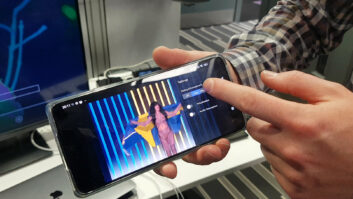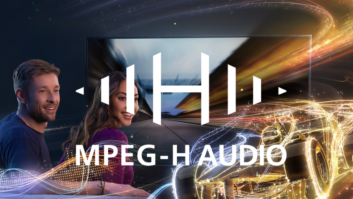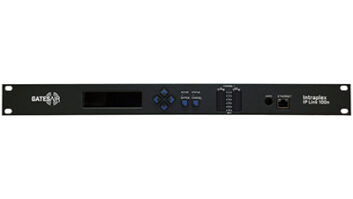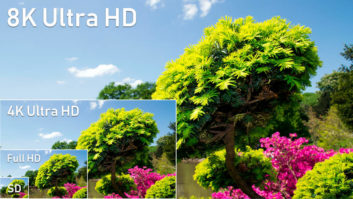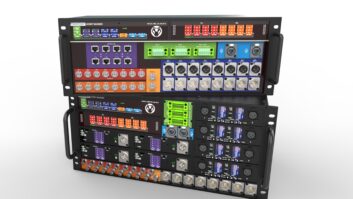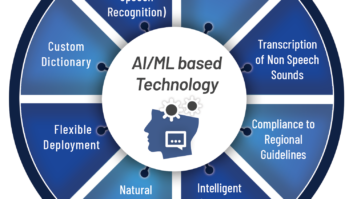One thing that everyone’s talking about in the media world is personalisation, and I think 2022 will see significant movement on that. At BBC R&D we’ve been working on this for a while, but 2021 saw the start of the AI4ME research collaboration, a five-year project with BBC R&D and the Universities of Surrey and Lancaster. The project is aiming to deliver paradigm-shifting technology that will enable production and delivery of personalised media experiences at scale.
This includes using artificial intelligence to separate objects from captured scenes; developing production workflows and tools; and building scalable capacity for delivery. This work needs to be underpinned by being aware of where personalisation can add significant value for our audiences and of the ethical and societal concerns around increasing personalisation. I thought that BBC R&D’s Michael Armstrong put it well at the Sounds Amazing conference, pointing out that when some forms of personalisation are made available, we will have to be comfortable as a broadcaster that people may spend less time with us but that we’re giving them the same or increased value. That’s a pretty revolutionary idea, but it’s borne out, for example, by a BBC News Labs pilot study of chapterisation of radio programmes on BBC Sounds.
As a result, we will need a change in the metrics that we use to measure value. Great personalisation requires ethical and transparent use of personal data; BBC R&D researchers have been looking into this for a number of years, including recently developing the My PDS application, a personal data store prototype for testing the technology and exploring the benefits.
Nearer term, the BBC R&D Audio Team have been working for a while on preparing to take advantage of a new generation of audio delivery. So-called “next generation audio” will facilitate personalisation by enabling delivery of audio content with separate speech tracks (either authored by producers or extracted using technology), which will give the audience control of the dialogue/background balance. We’re running perceptual tests to ensure that we use the right technology to maximise accessibility benefits to audience members with diverse needs, from hearing loss to neurodivergence. We’ve put a lot of groundwork into the standards and production tools to support the move to next generation audio (for example, the Audio Definition Model and the EAR Production Suite), and 2022 should see big steps in the right direction.
One more trend that is worth mentioning is spatial audio, which is not new but is gaining increasing traction in the industry. Major players like Apple are getting involved, with AirPods Pro and Max providing head-tracked 3D audio playback for Dolby Atmos mixes as well as upmixing normal stereo sound. Broadcasters have a long track record of 3D sound too; for example, Radio France has a great collection of content, and BBC R&D has been supporting producers making immersive audio productions by providing training materials and tools – we’ve seen upwards of a hundred productions made with binaural technology.
